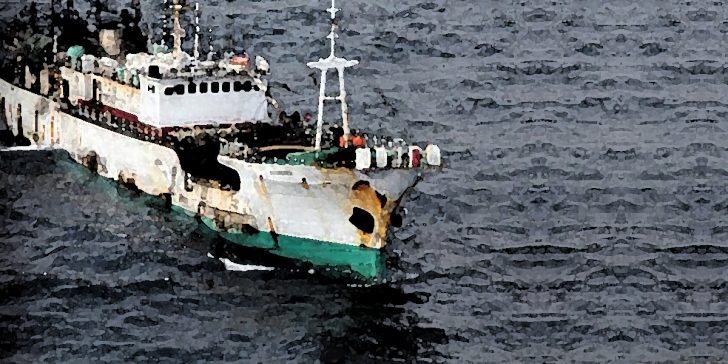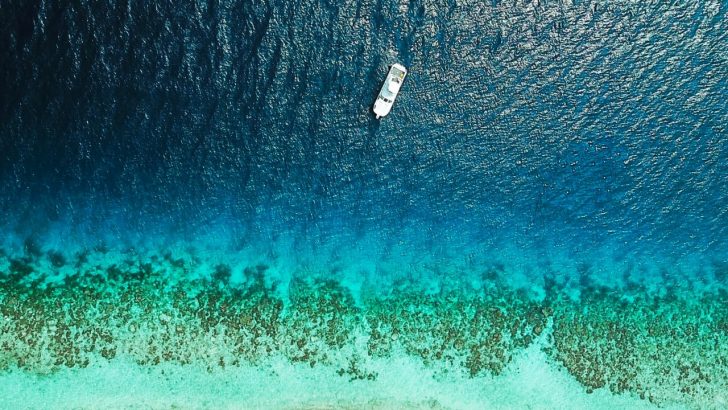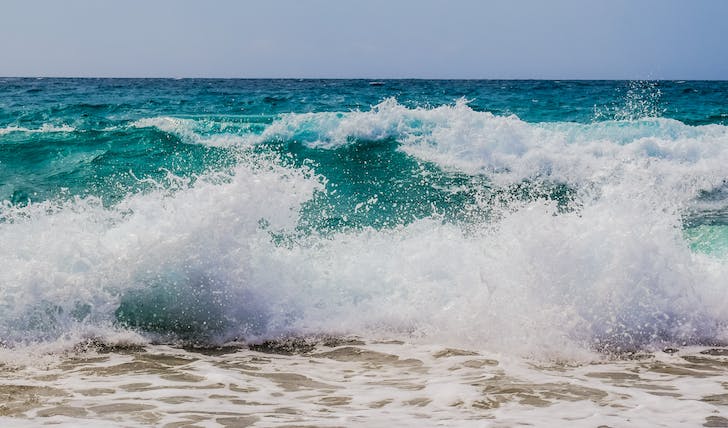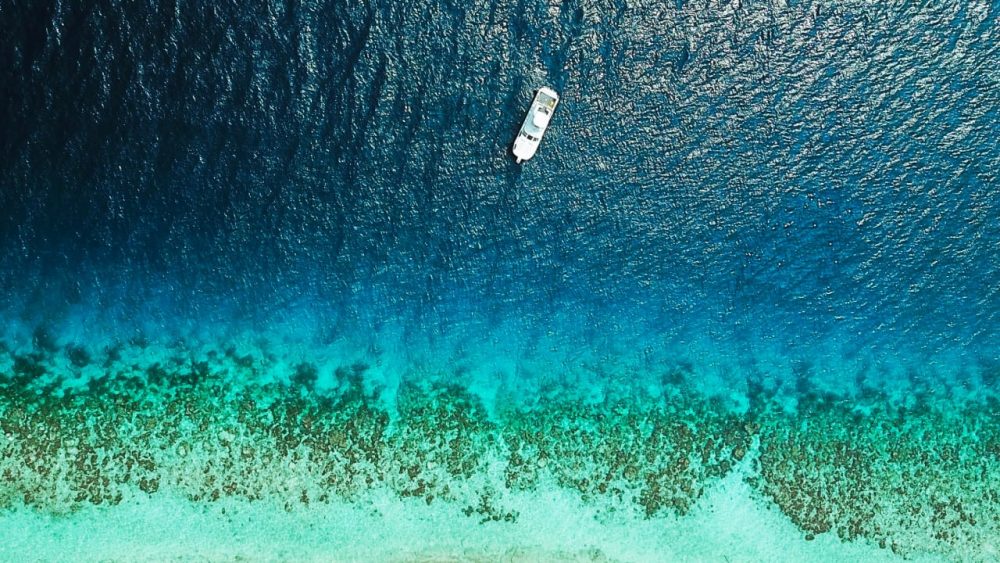The ocean, a sprawling and enigmatic entity, covers more than two-thirds of our planet. Yet, for all its vastness, much of what happens in its depths and across its surface has remained shrouded in mystery - until now. The advent of advanced artificial intelligence (AI) and satellite imagery has ushered in a new era of marine exploration, revealing activities and phenomena that have long eluded our grasp.
Thus, this groundbreaking research is a testament to human ingenuity and technological advancement. It offers an exclusive and historic look into the ocean's hidden dynamics.

E News / Backed by Global Fishin Watch, the research highlights the expanding footprint of human activities in the ocean.
Revolutionizing Marine Research
Published in Nature and led by the innovative minds at the Global Fishing Watch, a Google-backed nonprofit, this research stands as a monumental achievement in the field of oceanography. The fusion of AI's analytical prowess with the extensive reach of satellite imagery has enabled researchers to map human activity on the ocean with a level of detail never seen before.
This revelation marks a paradigm shift in how we observe and understand the marine environment.
Exposing the Unknown
Among the study's most striking findings is the extent of unmonitored industrial activities on the high seas.
This lack of oversight raises significant concerns about overfishing and the sustainability of marine ecosystems. Additionally, the research highlights that nearly a third of all transport and energy vessels are also missing from public tracking systems, pointing to potential regulatory and environmental compliance issues.

Ell / Astonishingly, about 75% of the world's industrial fishing vessels operate without public tracking. The research reveals.
The Crucial Role of Visibility
Historically, the vast expanse of the ocean has made comprehensive monitoring a Herculean task. However, the integration of AI and satellite technology changes the game. These tools enable the detailed tracking of vessels and activities, providing invaluable data for conservation efforts.
Thus, for policymakers and environmentalists, this enhanced visibility is key to developing effective strategies for managing and protecting ocean resources.
Are AI and Satellites the New Guardians of the Ocean?
The combination of AI and satellite imagery in marine research is transformative. AI excels in processing and interpreting the enormous volume of data generated by satellites, uncovering patterns and activities that would otherwise go unnoticed.
The implications of this research for ocean conservation are profound and far-reaching. Essentially, enhanced monitoring and tracking capabilities pave the way for more robust enforcement of maritime regulations, identification of illegal operations, and the formulation of policies for sustainable ocean resource management. Plus, this technology holds promise for safeguarding endangered marine species and habitats by providing timely insights into environmental threats.

Pixabay / Pexels / Deep learning and satellite imagery are capable of detecting unlawful fishing, uncharted shipping lanes, and emergent industrial developments at sea.
Summing Up
The integration of AI and satellite imagery in ocean research signifies a groundbreaking shift in our approach to understanding and conserving the world's oceans. However, this pioneering study not only unveils the once-hidden activities within the marine environment but it also offers a beacon of hope and a roadmap for more responsible and sustainable ocean interaction. It exemplifies how technology can become an indispensable ally in our quest to preserve and protect the Earth's most extensive and vital ecosystem.
So, as we embark on this new chapter in ocean conservation, our decisions and actions will shape the future of our seas. With these innovative tools at our disposal, we are now better equipped to chart a course toward a future where the health and sustainability of our oceans are a paramount concern, ensuring their preservation for generations to come.

